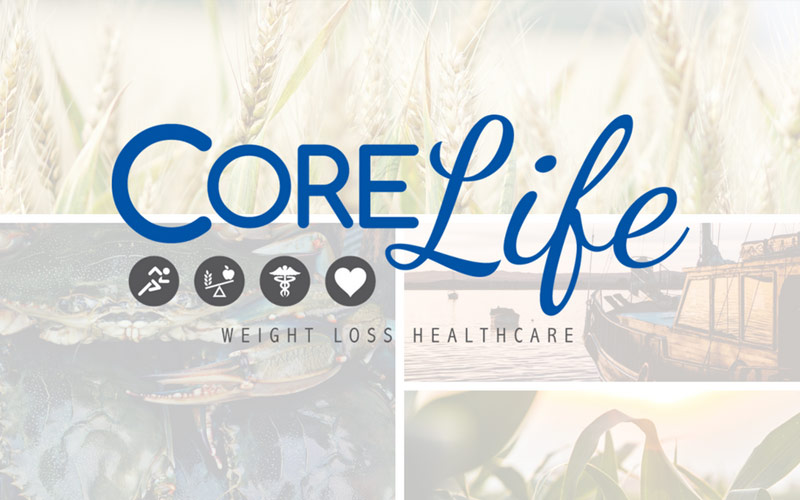A few weeks ago, I did a quick post on macronutrients and micronutrients. Now, I’d like to give a more in depth overview of each of the macronutrients: where they come from and what they do. First, the one people seem most confident in identifying, carbs. Carbohydrates include grains like pasta, bread, and cereal, legumes like beans and peas, and, often to people’s surprise, fruits and veggies! Carbohydrates are a sources of a myriad of vitamins and minerals, particularly one form of vitamin A, vitamin C, magnesium, some iron, manganese, selenium, zinc, and several B vitamins. Carbs are, at the most basic level, sugar (glucose). Complex carbohydrates like fruits and veggies and whole grains, have multiple strands of glucose, but at the end of the day, the body breaks these strands down into glucose (sugar) for use for energy. Carbs are ALSO cakes, cookies, jelly beans, and pure sugar. These carb choices, however, offer little to no nutritional value and are absorbed very rapidly by the body, as they are already broken down into glucose (simple sugar) and don’t need any additional processing before the body can use them (hence the “sugar rush” you get after digging into those Easter baskets!). Complex carbs are also a fantastic source of fiber, which helps with proper digestive health, cholesterol balance in the body, and slows the absorption of sugar into the blood stream, helping to prevent those sugar highs. Carbs can get a bad rap, but they are essential to the body and the body’s preferred energy source. In fact, they are the only true energy source for your brain, and when women are pregnant, the only energy source the baby uses to grow.
Next up, protein! Protein is found mainly in animal products – eggs, dairy, meat, fish, poultry. Seeds and nuts also contribute some, as well as grains in a much smaller amount. Protein helps build muscles, but is also part of every organ, your hair, nails, and the major component of neurotransmitters and immunoglobulins (the different little guys that send signals to keep your body running and fighting off infections), as well as hormones. Protein is made up of individual amino acids, which are released during digestion to be used for specific bodily needs. Think of amino acids as different Legos. Each one has a different shape and purpose. They combine together to form protein in food, and then are broken down and re-purposed by the body to build other compounds like the hormones and neurotransmitters I mentioned earlier, as well as to replace damaged muscle tissues and build stronger, larger muscles in response to workouts, etc. Protein and amino acids themselves are not used for energy, but are used within different, less efficient pathways to help produce energy when fat and carbs are unavailable. This, however, is not at all desirable, as the body essentially has to break down muscle tissues to get this protein. Excess protein, like excess carbohydrate, is stored as fat in the body. Besides providing the amino acid building blocks, protein sources also offer a wide array of vitamins and minerals, including B12, iron, B6, zinc, phosphorus, and Vitamins A and D.
Finally, fat. Fats get such a bad, bad reputation, but they are ESSENTIAL for health. Read that sentence again. Fats are ESSENTIAL for health. Your brain is made up almost exclusively of fat. Every cell in your body is made up of phospholipids (lipids = fat). And that cholesterol you worry so much about? Without it, your body would be unable to digest fats properly and you would have no hormones. Additionally, fats provide a solid source of energy, a plethora of nutrients, and help make food both feel and taste satisfying. The best sources of fat are those that occur naturally. So, skip the hydrogenated or partially hydrogenated oils, which damage the body and provide no benefits, just empty calories, and opt for healthy fats like the omega-3s found in fish and seafood, as well as walnuts, chia seeds, and flax seeds. Olive oil and coconut oil also provide great sources of healthy fats, as well as avocados and nuts. Butter and dairy fat, when consumed from grass-fed cows, provides a very special type of fat – CLA, conjugated linoleic acid – a known cancer-fighting and preventing compound. Fat can be used as an energy source when carbs are running low, or when the body is trying to reserve excess carbs for the brain (remember, the brain ONLY wants carbs for energy, so they body always holds some in reserve!). Eating fats will not make you fat. I repeat, eating fat will not make you fat. The Mediterranean diet full of fats from nuts, seeds, fish, olives, cheese, etc. Balance is the key. Often, eating less fat/”low-fat” or “no fat” foods means we’re consuming a LOT more sugar (which will simply be stored by the body as fat if we don’t immediately need it for energy!). Fat is only stored as fat if the body doesn’t need it for other things (like building new cells, which is happening every moment of every day, replenishing brain cells, making more hormones, etc. etc.). And excess protein and carbs are stored as fat, too.
The operative word here is “excess”. If you eat any one of the macronutrients in excess of what’s needed by the body, it WILL BE STORED AS FAT! It does not matter the original form it entered the body in, the body will convert it to fat and store it. Calories are the name of the game. Calories in must be equal to or less than calories out to maintain or lose weight. So, focus on eating whole, real, delicious and NUTRITIOUS foods, in moderation, avoiding foods that offer calories and no vitamins or minerals, and stay active. That’s the recipe for weight loss and wellness!
Aubrey MS RDN
